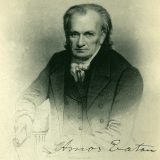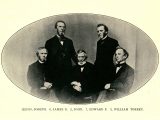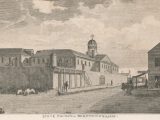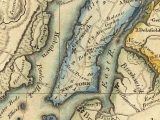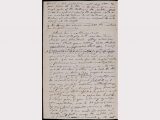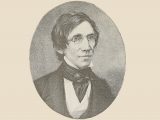Amos Eaton: An Unlikely Mentor
William Torrey served as a city alderman and acting fiscal agent of Newgate Prison, the state prison of New York from 1796-1828, which was located in Greenwich Village. Young John often accompanied him on business, and at age 15 he befriended an inmate, Amos Eaton (1776-1842), a lawyer by trade who had been convicted of forgery—but was also an active amateur botanist.
Eaton taught John basic plant anatomy and introduced him to the system of plant classification developed by Swedish botanist Carl Linnaeus, which organized plants according to their physical characteristics. John brought his mentor books so he could continue his botanical studies in the evenings. The two forged a friendship that lasted long into Torrey’s own professional career. After Eaton’s release from prison in 1815, they kept in contact through frequent letters.
Eaton went on to be a key figure in the early botanical history of the United States, whose work popularized the study of botany. Eaton gave a series of popular public lectures on the subject, and was one of the earliest teachers of botany to encourage outdoor study, bringing his students into nature. He was also an advocate for educating women in the sciences alongside men. His Manual of Botany for the Northern and Middle States (1817) was a practical tool for students and non-specialists that used accessible language and was reprinted eight times before 1840.
Image: Portrait of Amos Eaton, n.d. LuEsther T. Mertz Library, The New York Botanical Garden

